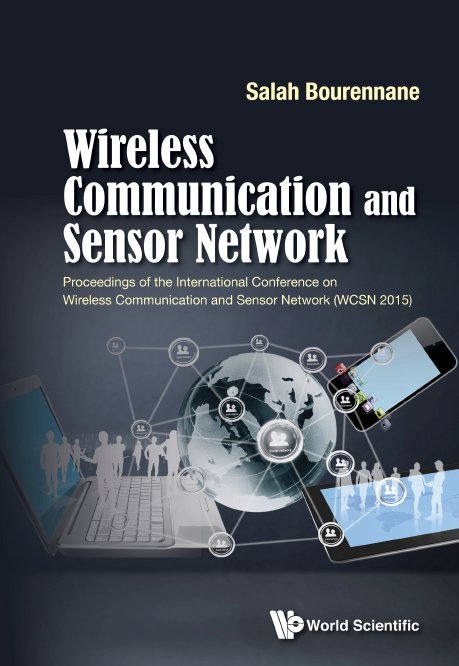Study on image transmission protocol based on wireless multimedia sensor networks
The original image transmission protocol based on WMSNs cannot meet the requirements for stable, reliable and real-time transmission because of the restricted transmission bandwidth and unstable communication link. To obtain abundant image information based on WMSNs, research on image transmission is necessary. In order to improve performance in terms of transmission reliability, transmission delay and node mortality, a multi-path crossed node rotation (MPCNR) protocol based on wireless sensor networks was proposed in this paper. The MPCNR protocol chooses multiple paths in parallel transmission expansion of bandwidth, puts forward the nodes with the same communication ability in each path, forming a cluster, and selects the most powerful node in the same cluster as a relay routing nodes to improves transmission stability and avoid large scale node death. A network simulation model by MATLAB was built to analyse the transmission reliability, the end-to-end delay and the number of surviving nodes. The simulation results show that, compared with the traditional image transmission protocol, the MPCNR protocol can improve performance in transmission reliability, transmission delay and node mortality. These findings are significant for image transmission based on wireless sensor networks.



